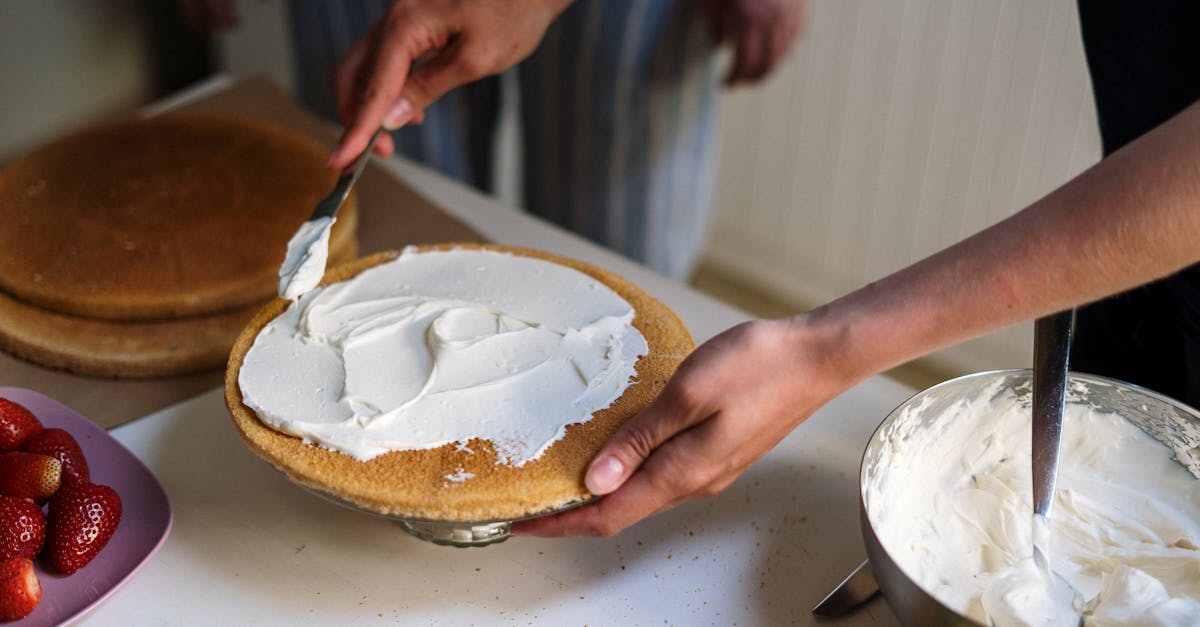Baking a cake at home can be a delightful experience, especially when you want to avoid using eggs. Whether you’re a vegan, have egg allergies, or simply prefer eggless recipes, there are plenty of ways to whip up a delicious cake. In this post, we will explore the steps to make a scrumptious eggless cake from scratch, along with some tips and tricks to ensure it turns out perfectly.
| Ingredient | Quantity |
|---|---|
| All-purpose flour | 2 cups |
| Sugar | 1 cup |
| Baking powder | 2 tsp |
| Salt | 1/2 tsp |
| Milk | 1 cup |
| Vegetable oil | 1/2 cup |
| Vanilla extract | 1 tsp |
| Vinegar | 1 tbsp |
| Optional: Cocoa powder | 1/4 cup |
| Optional: Chopped nuts | 1/2 cup |
Gathering Your Ingredients
The first step in making an eggless cake is to gather all the necessary ingredients. Ensure you have all-purpose flour, sugar, baking powder, salt, milk, vegetable oil, vanilla extract, and vinegar. If you want a chocolate flavor, you can also include cocoa powder. Chopped nuts can add a delightful crunch to your cake, so consider adding them if you prefer.

Mixing Dry Ingredients
In a large mixing bowl, sift together the all-purpose flour, sugar, baking powder, salt, and cocoa powder if using. Sifting not only helps to aerate the flour but also ensures that there are no lumps in your dry ingredients. Mixing these ingredients thoroughly will create a uniform base for your cake.

Combining Wet Ingredients
In a separate bowl, combine the milk, vegetable oil, vanilla extract, and vinegar. The vinegar reacts with the baking powder, helping the cake to rise. Whisk these ingredients together until they are well blended. This mixture will provide moisture and flavor to your cake.

Bringing it All Together
Now, pour the wet mixture into the bowl with the dry ingredients. Gently fold the mixtures together until just combined. Be careful not to overmix, as this can lead to a dense cake. If you are adding chopped nuts, fold them in at this stage.

Preparing the Baking Pan
Preheat your oven to 350°F (175°C). While the oven is heating, prepare your baking pan by greasing it with oil or lining it with parchment paper. This step is crucial to prevent the cake from sticking to the pan once it is baked.

Baking the Cake
Pour the batter into the prepared baking pan, spreading it evenly. Place it in the preheated oven and bake for 30-35 minutes. To check for doneness, insert a toothpick into the center of the cake; it should come out clean if the cake is fully baked.

Cooling the Cake
Once baked, remove the cake from the oven and let it cool in the pan for about 10 minutes. Then, transfer it to a wire rack to cool completely. This step is important as it allows the cake to firm up and makes it easier to frost or serve.

Decorating Your Cake
Once the cake has cooled, you can frost it with your favorite icing or serve it plain. You can use whipped cream, chocolate ganache, or a simple dusting of powdered sugar for a classic finish. Add fresh fruits or nuts on top for added flavor and texture.

Storing the Cake
If you have leftovers, store the cake in an airtight container at room temperature for up to 3 days. You can also refrigerate it if you prefer, but make sure to cover it properly to maintain its moisture.

FAQs
Can I use whole wheat flour instead of all-purpose flour?
Yes, you can substitute whole wheat flour for all-purpose flour, but it may result in a denser cake. You can also use a mix of both for a healthier option.
What can I use instead of vinegar?
If you do not have vinegar, you can use lemon juice or yogurt as a substitute to help the cake rise.
Can I make this cake gluten-free?
Absolutely! You can use a gluten-free all-purpose flour blend to make the cake gluten-free. Ensure that the baking powder is also gluten-free.
How can I enhance the flavor of the cake?
You can add spices like cinnamon or nutmeg, or mix in some citrus zest for a fresh flavor. Chocolate chips or dried fruits can also add a delightful twist.
For more detailed baking tips and recipes, you can visit the [USDA Food Safety and Inspection Service](https://www.fsis.usda.gov/wps/portal/fsis/home) and [FoodSafety.gov](https://www.foodsafety.gov). These resources provide valuable information about food safety and preparation techniques.
